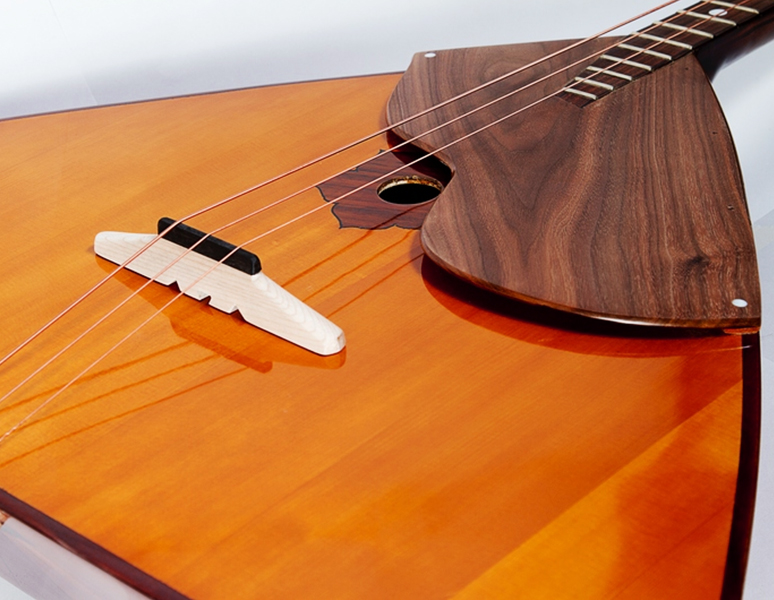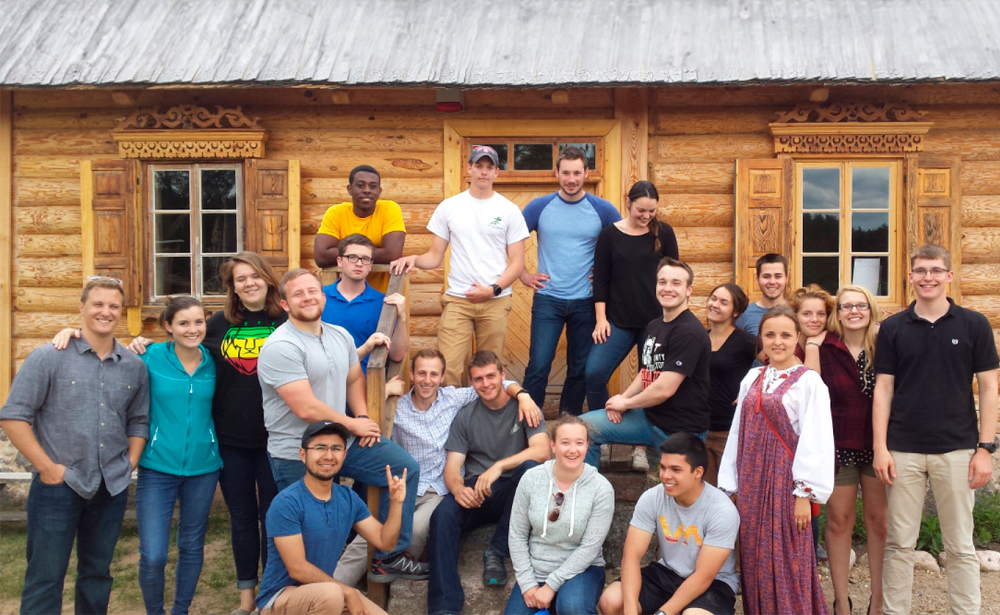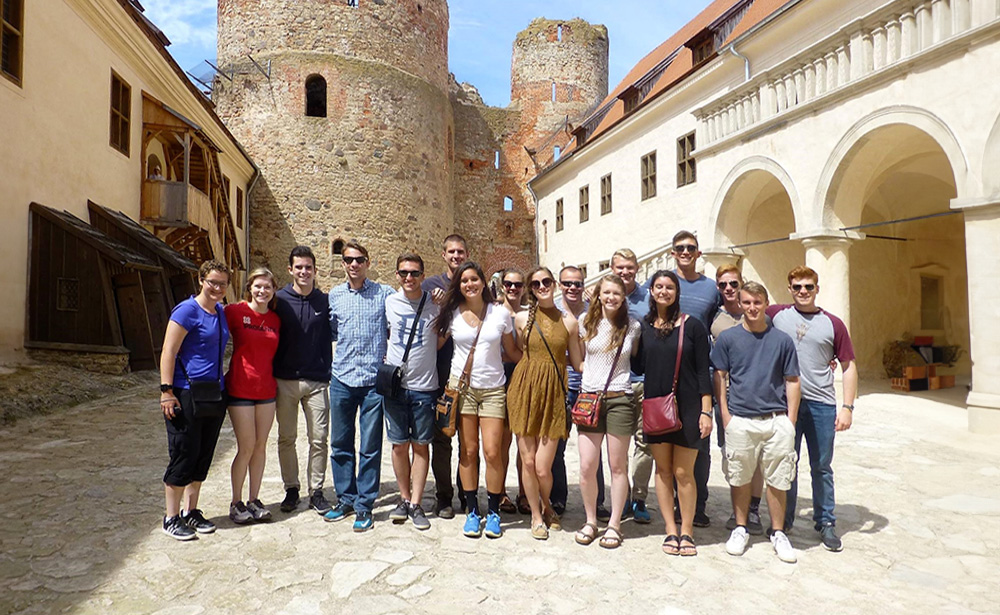Balalaika – a Russian National Musical Instrument

Balalaika is a Russian national musical instrument. It is a symbol of a Russian music world, as well as one of the well-known symbols of Russia’s culture and daily life alongside chastushka, Matryoshka, bears, etc.
The Most Russian Instrument
It is not known who and when invented a balalaika. There are a few explanations of its origin. Some of them say that it is a Russia-specific musical instrument; others tend to consider the Turkic origin of this instrument. The origin of the word “balalaika” is also vague, although it is very often related to Russia-specific words that mean “to talk about something unimportant, to chat”.
Today, balalaika is known in the world as a Russian musical instrument. Those who have never heard about it, at least have seen this amazing stringed instrument with a triangular body. On the Internet you can see a lot of pictures of a bear “playing” the balalaika. In real life, it is not that easy.

We have already told you about a Russian bear which is an original symbol, a representation of Russia. A musical instrument a bear is “playing” becomes a symbol of a Russian man. At the same time, looking at these images, it is possible to think that it is very easy to play the balalaika, or that a bear is a talented musician.
Neither of these is true. Far from every Russian can play the balalaika, neither bears can. However, a bear playing the balalaika is not an accident, as the balalaika used to be the most popular musical instrument in Russia. In the 18th century journalists used to write: “It is difficult to find a place in Russia where a young worker does not play the balalaika to maids. You can find this instrument in any street-corner shops. However, the main reason for its popularity is the fact that you can make it yourself”.
The fact that you can make a balalaika yourself from various materials also promoted its popularity. For example, one of the first musicians who played this instrument, Ivan Khandoshkin (1747-1804), played the balalaika whose body was made of a pumpkin. Modern musicians are also very resourceful, and even in the 21st century they can make a balalaika from a shovel:
Nowadays, we know balalaika as a tri-chord instrument, but it used to be bi-chord. It sometimes could have only one string, but it could also have four strings or even more. Despite a small number of strings, it is not that easy to learn to play it. It is mentioned by many people that there is lack of balalaika players in Russia today. There is also lack of balalaika players in folk music orchestras.
What happened? Why can you rarely listen to balalaika in Russian villages and towns?
In the 19th century a seven-string guitar became extremely popular, and it actively substituted a balalaika in the Russian music life. It is difficult to predict what could have happened to the balalaika if Vasily Andreyev, a Russian musician, hadn’t got interested in the instrument. At the end of the 19th century a balalaika player Andreyev founded the orchestra of folk musical instruments that was first in Russia. This made the balalaika a concert instrument. This period is considered as the beginning of the golden age of national instrumental music.
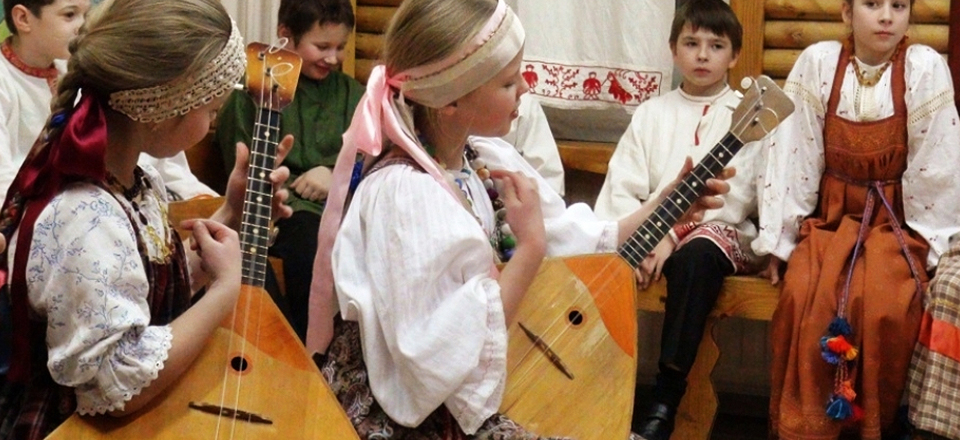
Nowadays, lots of musicians around the world are learning to play the balalaika, they found groups and orchestras. Although, earlier the balalaika was considered as a solo instrument and it accompanied village festivities, fairs, family celebrations and even street fights.
Balalaika Today
There are several types of balalaika: bass-balalaika, electrical balalaika, as well as various hybrid instruments. For example: a sadora is a 32-stringed hybrid of guitar, balalaika, gusli and Indian sitar. The only person who plays this instrument is its creator Sergey Sadov. You can listen to his music when you are in Moscow at The Arbat or at:
Sadora
Bass-balalaika
In 2008 the music community celebrated the International Balalaika Day for the first time. It is celebrated on June 23. This particular date was chosen because on June 23, 1688 the balalaika was first mentioned in historic documents. There are also a lot of other events devoted to this musical instrument.
Have you ever heard sounds of balalaika? You can listen to Aleksey Arkhipovsky playing the balalaika at:
You may be interested
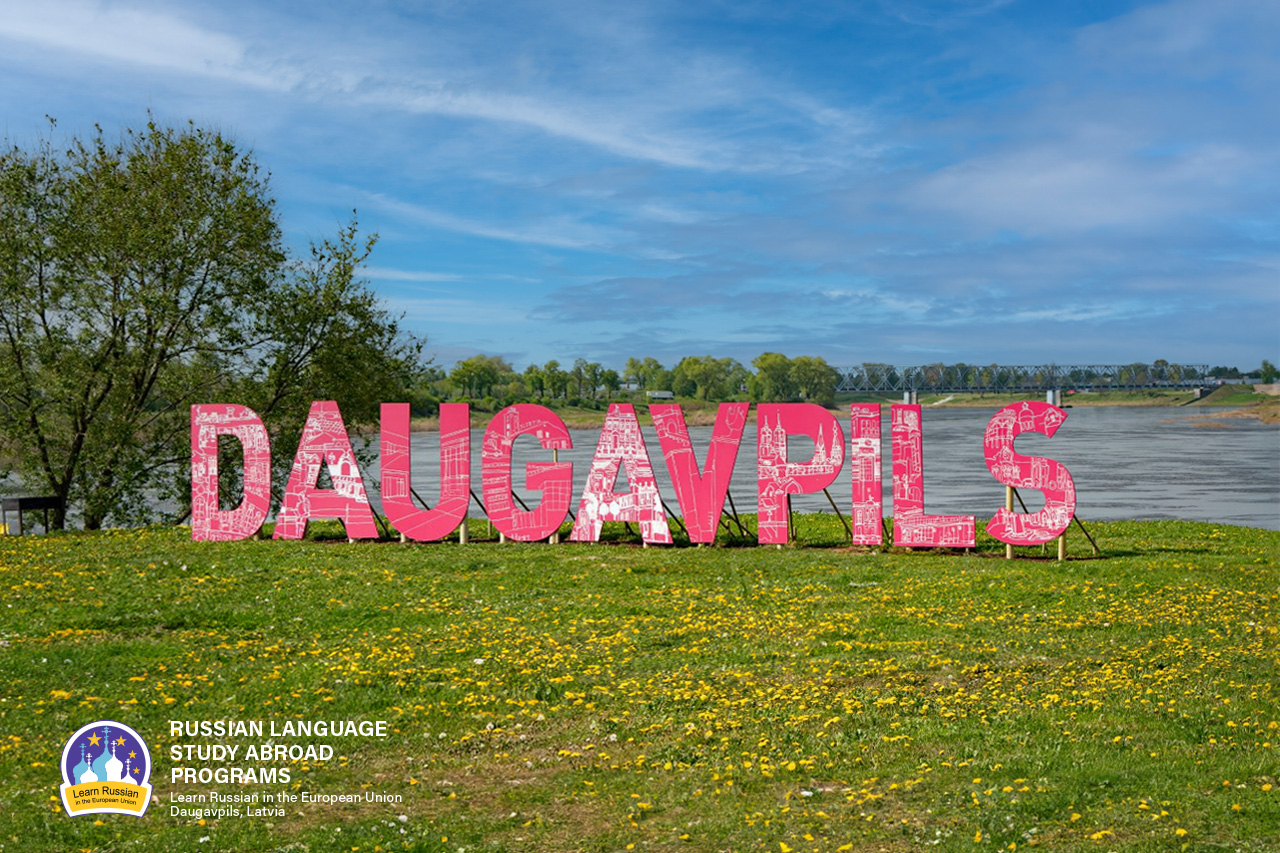
Why do people speak Russian in Daugavpils?
As it seems to us, Daugavpils is the best place to learn Russian now, because our city is situated in the EU and NATO, but at the same time 90% of the city’s population speak Russian at home.
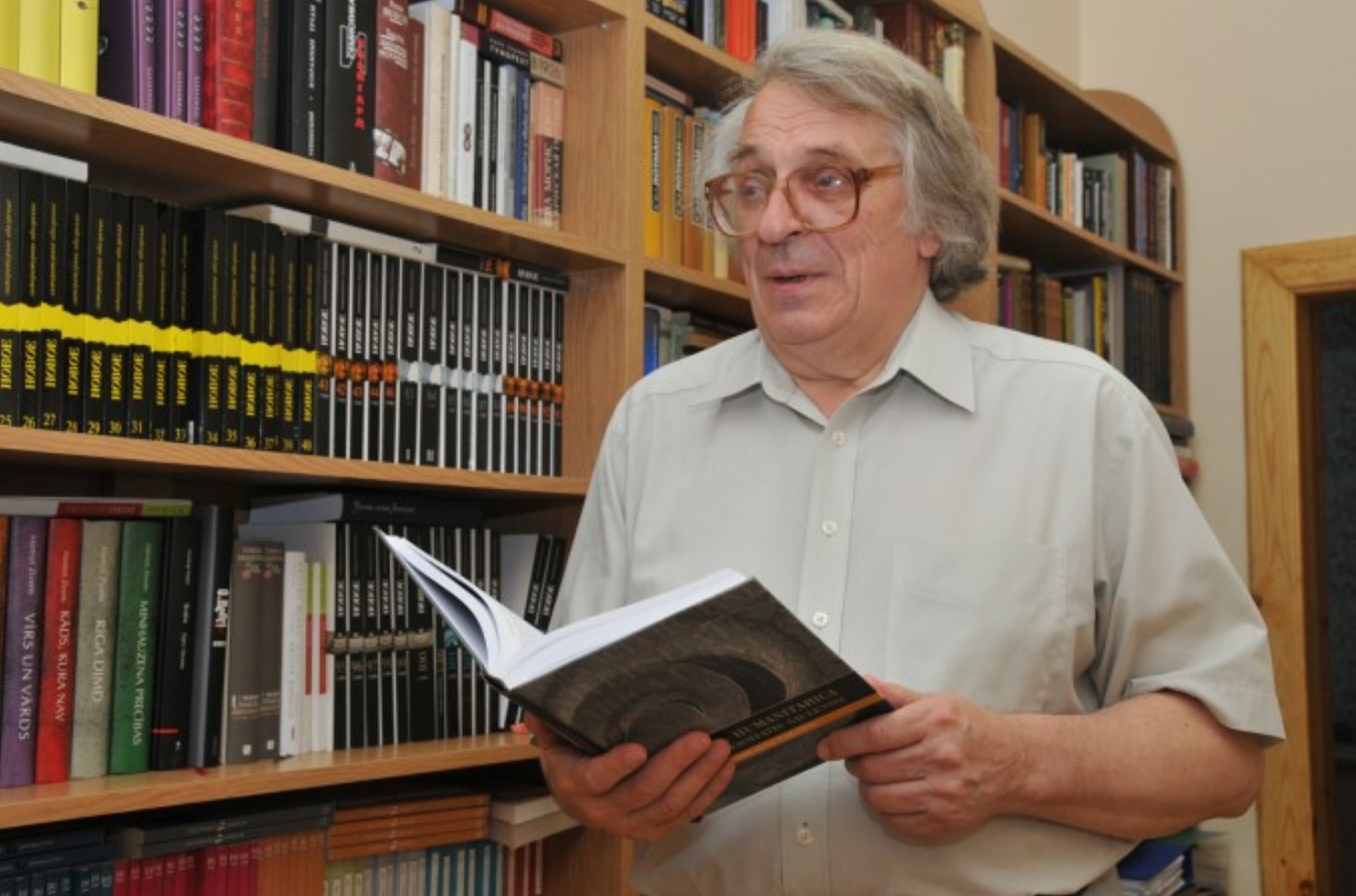
ЭТЮД О ДВИНСКЕ
Etude on Dvinsk by F.Fedorov
The Baltic region is one of the most catastrophe prone regions of the 2nd millennium, especially its second part; it is the centre of attraction of ‘geopolitical’ interests of the European world. Probably the most tragic fate has befallen to the eastern part of the present Latvia and its multi-titled town of Dinaburg – Dvinsk – Daugavpils. During its 730 years long history, the town went through five rather autonomous periods of development, five different lives (German, Polish, Russian, Latvian, Soviet), and at the beginning of the 1990s it entered into the 6th period.
The history of Dinaburg – Dvinsk – Daugavpils is the history of five attempts by the town to begin its life anew; and this is determined not only by the fact that the town was four times burned down and had to start life from scratch, but first and foremost because each of these periods was characterized by a total change of ethnos and the socio-cultural field.
The present article deals with the cultural space of the town in one of the most efficient periods of its development – from the 1860s till World War I.


